
Do you have a question about the Olympus 35ECR and is the answer not in the manual?
| Film Format | 35mm |
|---|---|
| Focus | Manual |
| Shutter | Leaf Shutter |
| Type | Rangefinder camera |
| Lens | 40mm f/2.8 |
| Metering | CdS cell |
| Exposure Control | Automatic |
| Film Speed | ISO 25 - 800 |
| Battery | PX625 mercury battery (or equivalent alkaline replacement) |
| Shutter Speed | 1/15 - 1/500 sec. (stepless) |
Camera film format and dimensions.
Details of the camera's lens.
Information about the shutter mechanism.
Details on automatic exposure system and flash sync.
Type of light sensing cell used.
Type of batteries required for operation.
Range of ASA film speeds supported.
Viewfinder magnification and correction marks.
Indication lights within the viewfinder.
Description of the focusing system and range.
Details on the film loading system.
Mechanism for advancing film.
Process of rewinding film.
Type of film exposure counter.
Shutter release button operation and lock.
Type of rear camera cover.
Details on the accessory shoe.
Size of lens accessories compatibility.
Physical dimensions of the camera.
Weight of the camera.
The button used to take a picture.
Indicates the number of exposures made.
Attachment point for a wrist strap.
Lever to lock the shutter release.
Component for measuring light.
Ring to set the film's ASA speed.
Window showing the set ASA speed.
Indicator for battery status and slow speeds.
Mount for accessories with flash contact.
Part of the viewfinder for focusing.
Optical device for composing shots.
Ring to set flash guide number.
Scale indicating the distance to the subject.
The camera's primary lens.
Instructions for inserting batteries correctly.
Setting the film speed and guide number.
Steps for loading film into the camera.
Opening the battery compartment.
Inserting batteries with correct polarity.
Securing the battery compartment lid.
Important note on battery installation and operation.
Testing battery function via shutter release.
Troubleshooting battery light issues.
Recommendation for battery replacement frequency.
Procedure for setting the ASA ring.
Advice against using intermediate ASA settings.
Guidance on using the film speed comparison table.
Opening the camera's rear cover.
Extending the film rewind shaft.
Placing the film magazine into the camera.
Retracting the film rewind shaft.
Advancing film to the first exposure.
Using the viewfinder's bright frame and parallax marks.
Using the rangefinder and focus ring for sharp images.
Function and use of the shutter lock lever.
Using the shutter lock to prevent accidental firing and save battery.
Indications that a roll of film is finished.
Initiating the film rewind process.
Using the rewind lever to rewind film.
How to tell when film rewinding is complete.
Final steps to remove rewound film.
Understanding flash guide numbers and their relation to aperture.
Calculating guide number based on distance and aperture.
Using flash's calculator chart for guide number.
Example of setting guide number with ASA 80 film.
Advice for using non-exact guide numbers.
Focusing after setting the guide number.
Camera's accessory shoe contact for flash and PC cord connection.
Condition for automatic flash firing and green light indicator.
Indicator for battery status and slow shutter speeds.
Yellow light behavior during normal exposure and warnings.
Indicator for flash picture readiness and low light.
Importance of accurate focus for flash photography.
Viewfinder as a primary information source for composition.
Using parallax marks for accurate framing and centering.
Viewfinder displays yellow and green lights with specific meanings.
Tips for shooting subjects against bright light.
Tips for shooting in bright conditions from dark places.
Importance of correct ASA setting for exposure accuracy.
Using ASA for special exposure effects like over/under-exposure.
Link between focusing mechanism and flash exposure control.
Storing the camera to protect from dust, moisture, and sunlight.
Cleaning the lens properly with a soft cloth.
Battery removal and maintenance for long storage.
Where to get camera service and general maintenance advice.
Using Olympus 43.5mm screw-in type filters and their characteristics.
Purpose of the Olympus lens hood for preventing flare.
Cordless contact micro-flash using standard AG-1, AG-1B, AG-3N bulbs.
Electronic flash operating on batteries and AC power.
Details on focal length, mounting, and usage for close-ups.
Information on the projector's lens, cooling fan, and slide compatibility.







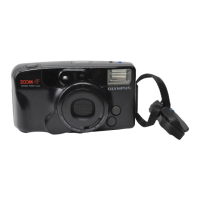
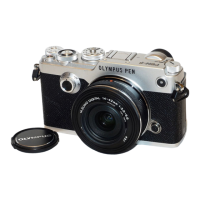
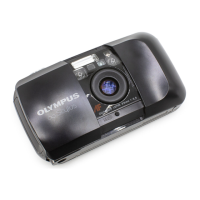
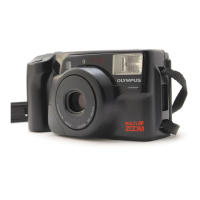
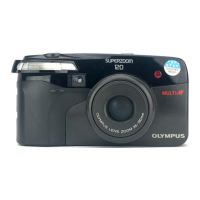
